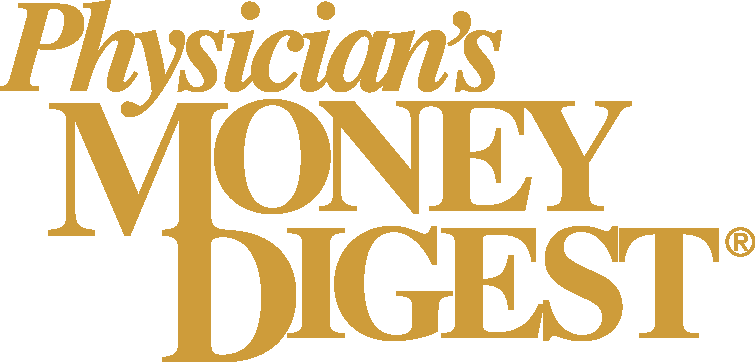
5 reasons patients don’t take medication and how to fix it
Key Takeaways
- Medication adherence issues are costly and deadly, with affordability being a primary barrier. Pricing transparency can improve adherence.
- Enhancing ePrescribing solutions with stock alerts and pharmacy options can aid in medication pickup and adherence.
The reasons why patients don't take mediations are not insurmountable hurdles for physicians
Medication adherence is a major problem in the United States — only about
As companies immersed in the ePrescribing landscape, we’ve identified five main reasons patients don’t take their medications: medication affordability, pharmacy stock alerts and policies, prescription prior authorization and coverage alerts, human nature, and social determinants of health.
And while these may seem like major hurdles, they are not insurmountable challenges for patients, providers, or pharmacies. Here are ways we can improve medication adherence — and patient experience — by addressing each of these barriers.
Medication affordability
This is likely the biggest reason for medication adherence issues, but with advances in technology, pricing transparency is certainly achievable.Here are some ways to move forward with improving affordability:
- Give providers a straightforward way to view prescription pricing information, cash pay options, coupons and direct-to-manufacturer programs.
- Enable patients to have visibility into their pharmacy-specific medication pricing options.
- Empower providers to have the cost conversation with patients — but understand some providers may want to put the transparency in the patient’s hands.
Pharmacy stock alerts and policies
Better visibility into whether medications are in stock and pharmacy options available to the patient can make a major difference in whether or not the patient will actually pick up their prescription. We recommend:
- ePrescribing solutions shouldn’t just have pricing information, it should have visibility into dosage and quantity limits, as well as pharmacy stock information.
- Providers should understand the different pharmacy options available — and have one-click access on where to send the script — whether it be a retail, specialty or manufacturer direct option.
- Consider giving the patient the ability to select their own pharmacy once a prescription is written.
Prescription prior authorization and coverage alerts
Leaning into technology advances can improve the process of prior authorization and coverage:
- Enable providers and their staff the ability to complete prior authorizations without leaving their ePrescribing workflow.
- Provide patients SMS updates on prior authorization status to best coordinate pharmacy pickup times.
- Look for software providers who are powering their prior authorization solutions with AI.
Human nature
Reasons four and five are more challenging to tackle but can be accomplished by a more personalized approach with patients:
- Identify high-risk patients for non-adherence and focus the first part of each follow up visit on medication reviews.
- Set reminders for appointments, medication dosage and refills.
- Discuss ways in which both providers and patients can utilize technology when patients are due for their refill.
Social determinants of health
- Establish trust by asking the simple questions such as, “Where are you putting the medications at your house?” or ”How do you get to the pharmacy?”
- Improve health literacy by having your staff explain medication side effects, dosing, etc.
- For specialty medications with complex routes of administration – partner with a technology provider to distribute step-by-step medication guides.
- Provide clear instructions on what to do or whom to contact if there are issues with a new medication.
Improving patient health as well as saving money for our health care system can be addressed by better medication adherence. By leveraging advances in ePrescribing solutions as well as taking a more personal approach to patients when it comes to education, outreach and establishing trust, providers and pharmacies can play a major role in improving medication adherence rates.
Sharud Agarwal is the founder & CEO of Akute Health. JB Powell is head of Growth, Patient Support, DoseSpot.
Newsletter
Stay informed and empowered with Medical Economics enewsletter, delivering expert insights, financial strategies, practice management tips and technology trends — tailored for today’s physicians.















